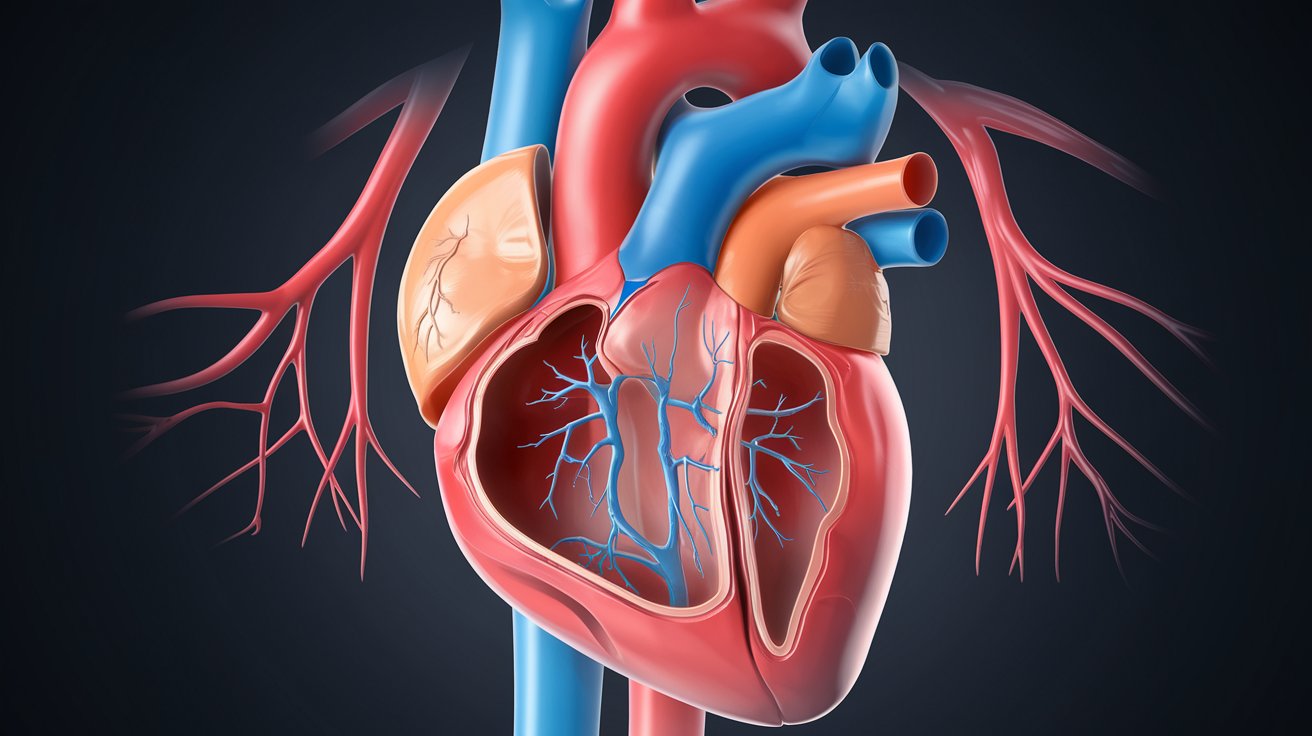
Pashayan Syndrome, also known as Pashayan–Pruzansky Syndrome or blepharo-naso-facial syndrome, is a rare genetic disorder that affects the face and extremities. This condition is inherited in an autosomal dominant manner, meaning a single copy of the mutated gene can cause the syndrome. Individuals with Pashayan Syndrome often exhibit distinct facial features like a bulky, flattened nose and malformed ears. Additionally, they may experience limb abnormalities such as clubfoot or cleft hand. Diagnosing this syndrome can be challenging due to its rarity and variable expression. Understanding the clinical features, genetic aspects, and management strategies is crucial for providing appropriate care.
Key Takeaways:
- Pashayan Syndrome is a rare genetic disorder affecting facial and limb development, inherited in an autosomal dominant manner. It requires comprehensive medical history, physical examination, and genetic testing for diagnosis.
- Management involves surgical interventions, physical therapy, and supportive care. Prognosis varies, but with appropriate management, individuals can lead relatively normal lives. Ongoing research aims to improve diagnosis and treatment.
What is Pashayan Syndrome?
Pashayan syndrome, also known as Pashayan–Pruzansky Syndrome or blepharo-naso-facial syndrome, is a rare genetic disorder. It primarily affects the development of the face and extremities. Let's dive into the key facts about this condition.
-
Definition and Synonyms
Pashayan syndrome is a rare genetic disorder that affects facial and limb development. It's also known as Pashayan–Pruzansky Syndrome and blepharo-naso-facial syndrome. -
Inheritance Pattern
This condition is inherited in an autosomal dominant manner. A single copy of the mutated gene can cause the syndrome. Each child of an affected parent has a 50% chance of inheriting the gene.
Clinical Features of Pashayan Syndrome
The syndrome is characterized by distinct facial abnormalities and malformations of the extremities. Here are some of the primary clinical features.
-
Facial Abnormalities
A hallmark feature is a bulky, flattened nose. This gives the face a distinctive, mask-like appearance. -
Ear Malformations
The ears often show malformations, which can vary in severity. These abnormalities affect the shape and structure of the ears. -
Extremity Malformations
The syndrome also affects the development of the extremities. Issues can include clubfoot, cleft hand, or other limb abnormalities.
Genetic Basis and History
Understanding the genetic aspects and history of Pashayan syndrome helps in grasping its complexity.
-
Genetic Basis
Mutations in genes affecting facial and limb development cause the syndrome. The exact genes responsible haven't been fully identified, but multiple genetic loci are believed to be involved. -
First Reported Case
The first reported case was described in 1973 by Drs. Hermine Pashayan, Samuel Pruzansky, and Allen Putterman from the Abraham Lincoln School of Medicine at the University of Illinois in Chicago.
Variability and Diagnosis
Pashayan syndrome shows significant variability in symptoms, making diagnosis challenging.
-
Variable Expression
The severity of symptoms varies widely among affected individuals. Some may have mild symptoms, while others experience severe malformations. -
Diagnostic Challenges
Diagnosing Pashayan syndrome can be difficult due to its rarity and variable presentation. A comprehensive medical history, physical examination, and genetic testing are often necessary. -
Genetic Testing
Genetic testing can confirm the diagnosis, though its availability is limited and not commonly used in clinical practice.
Management and Treatment
Managing Pashayan syndrome involves addressing specific malformations and associated complications.
-
Management and Treatment
Treatment focuses on addressing specific malformations and complications. This may include surgical interventions, physical therapy, and supportive care. -
Surgical Interventions
Surgical procedures are often necessary to correct facial and limb malformations. These surgeries can improve appearance and function. -
Physical Therapy
Physical therapy helps manage musculoskeletal complications. It improves mobility and reduces the risk of secondary issues. -
Supportive Care
Supportive care measures like speech therapy, occupational therapy, and psychological counseling are essential. These interventions address emotional and social challenges.
Cognitive and Neurological Aspects
Pashayan syndrome can also affect cognitive development and neurological health.
-
Cognitive Development
Cognitive development varies widely. Some individuals may experience developmental delays or intellectual disabilities, while others have normal cognitive function. -
Neurological Involvement
Neurological complications such as seizures or other abnormalities may occur. These require specialized medical management.
Reproductive and Prenatal Aspects
Reproductive health and prenatal diagnosis are important considerations for individuals with Pashayan syndrome.
-
Reproductive Issues
Significant facial or limb malformations can affect fertility and reproductive health. -
Prenatal Diagnosis
Prenatal diagnosis is possible through advanced genetic testing techniques like chorionic villus sampling (CVS) or amniocentesis. However, these tests are not commonly used due to the condition's rarity.
Prognosis and Research
The prognosis for individuals with Pashayan syndrome varies, and ongoing research aims to improve diagnosis and treatment.
-
Prognosis
Prognosis varies widely depending on symptom severity and treatment effectiveness. With appropriate management, many individuals can lead relatively normal lives. -
Research and Awareness
Research focuses on understanding the genetic basis and developing better diagnostic and therapeutic strategies. Increased awareness is essential for early diagnosis and appropriate management.
Related Syndromes
Pashayan syndrome shares similarities with other rare genetic syndromes affecting facial and limb development.
- Rare Syndromes
Other syndromes include Freeman-Sheldon syndrome and Van Maldergem syndrome, which share some clinical features.
Conclusion
Understanding Pashayan syndrome is crucial for providing appropriate care to affected individuals. Here are the final facts to wrap up our exploration.
-
Cerebrofacioarticular Syndrome
A subset of Pashayan syndrome, known as cerebrofacioarticular syndrome, includes similar symptoms like facial malformations and limb abnormalities. This subset is also referred to as Van Maldergem syndrome or Van Maldergem–Wetzburger–Verloes syndrome. -
Family Studies
Family studies show that the condition can affect multiple generations. There is significant variability in symptom severity within families. -
Supportive Measures
Supportive measures like speech therapy, occupational therapy, and psychological counseling are essential for addressing emotional and social challenges. -
Continued Research
Continued research and awareness efforts are necessary to improve the diagnosis and treatment of Pashayan syndrome.
Final Thoughts on Pashayan Syndrome
Pashayan syndrome, a rare genetic disorder, presents unique challenges due to its distinct facial and limb abnormalities. Inherited in an autosomal dominant manner, it affects each generation differently, showing variable expression. Diagnosing this condition can be tricky because of its rarity and diverse symptoms. Genetic testing, though limited, aids in confirmation. Management focuses on surgical interventions, physical therapy, and supportive care to improve quality of life. Cognitive development varies, with some experiencing delays or intellectual disabilities. Neurological complications may also arise, requiring specialized care. Research continues to uncover the genetic basis and improve diagnostic and treatment strategies. Awareness is crucial for early diagnosis and effective management. With proper care, many individuals can lead relatively normal lives despite the challenges posed by this syndrome. Understanding and addressing the needs of those affected by Pashayan syndrome remains a priority for medical professionals and researchers alike.
Frequently Asked Questions
Was this page helpful?
Our commitment to delivering trustworthy and engaging content is at the heart of what we do. Each fact on our site is contributed by real users like you, bringing a wealth of diverse insights and information. To ensure the highest standards of accuracy and reliability, our dedicated editors meticulously review each submission. This process guarantees that the facts we share are not only fascinating but also credible. Trust in our commitment to quality and authenticity as you explore and learn with us.


